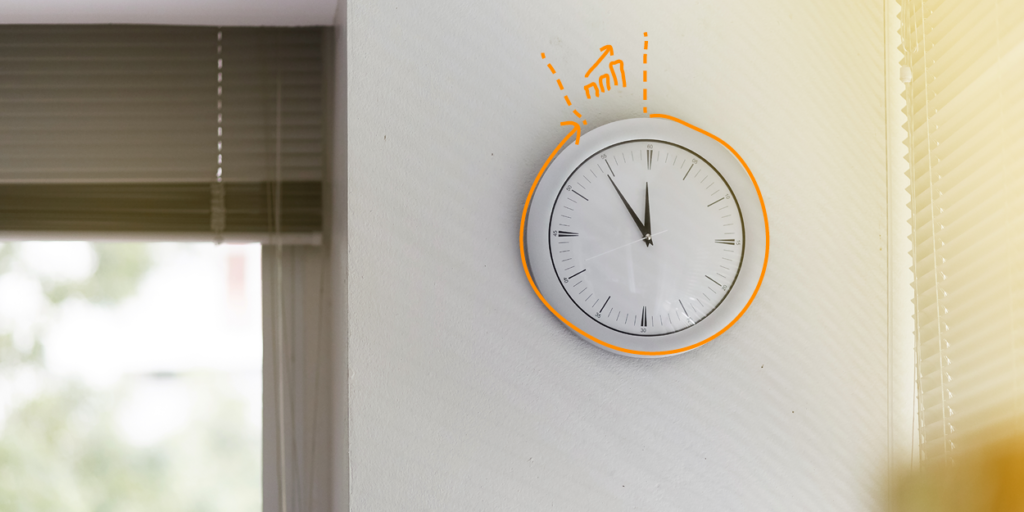This article is the eight part of a 12-part series featuring snippets from my new book, The Agile Secret.
- 1. Living in the VUCA World
- 2. The Freelance Revolution
- 3. The Digital Revolution
- 4. The Birth of Agile
- 5. Get It Done
- 6. Shipping Is The Metric
- 7. I Ride My Bike Tuesdays
Agile Manifesto Rule #12: At regular intervals, the team reflects on how to become more effective, then tunes and adjusts its behaviour accordingly.
Dad always said, “The biggest room in the world is the room for improvement.”
Whilst working at BAE Systems I was in awe of our client’s meeting process: Without fail, every meeting ended at 55 minutes past the hour. The final five minutes were dedicated to flip-charting 1) “what went well” and 2) what could be improved (“even better if…”), with contributions required from all team members at all levels.

During a recent marketing hack, we assembled at the start of day two to review our Kanban board. Removing all the “shipped” items from day one, we reprioritised the issues left to complete. We shared a piece of growth-mindset feedback for each individual. We worked our way round. It turned out that I needed to be more available. In attempting to hit the deliverables, I had left team members stranded. In private afterwards, a key senior freelancer, Emmie (west London’s most-loved marketing consultant) said, “Wow. That daily feedback must really mitigate the need for tough conversations. I mean, if you get improvement feedback all the time, I can’t imagine you have any really big issues.”
It’s true. Creating a high-frequency growth-mindset feedback culture means nothing mounts up. Problems are aired. Issues addressed. Today. Now. It’s not personal. “Can you please do more of x, y and z, and just a bit less of a, b or c?” Sure. No sweat.

How can I improve?
“How can I improve?” Four simple words. Quick and easy to ask co-workers, clients, bosses, family, friends. It says, “My door is open and my defences are down.”
Tuning and adjusting builds behavioural flexibility in all workers, reducing the emotional burden of bringing up tricky issues. Tuning and adjusting behaviour is a pleasure.
High-frequency growth-mindset feedback cultures also love to periodically sit back and reflect on how they can improve. “Continuous improvement” sounds dated now. So maybe use the Japanese kaizen “Change for the better”, if you need to sound cool.
When teams powerfully engage with improvement culture in a non-critical way, they start to motor. Sometimes with extraordinary results. To do this takes a bit of grit. The hardest part of what BAE systems did was not the conversation. It was the discipline to finish the meeting by 55 minutes past the hour. Think about that.
Download The Agile Secret on Amazon Kindle here.
